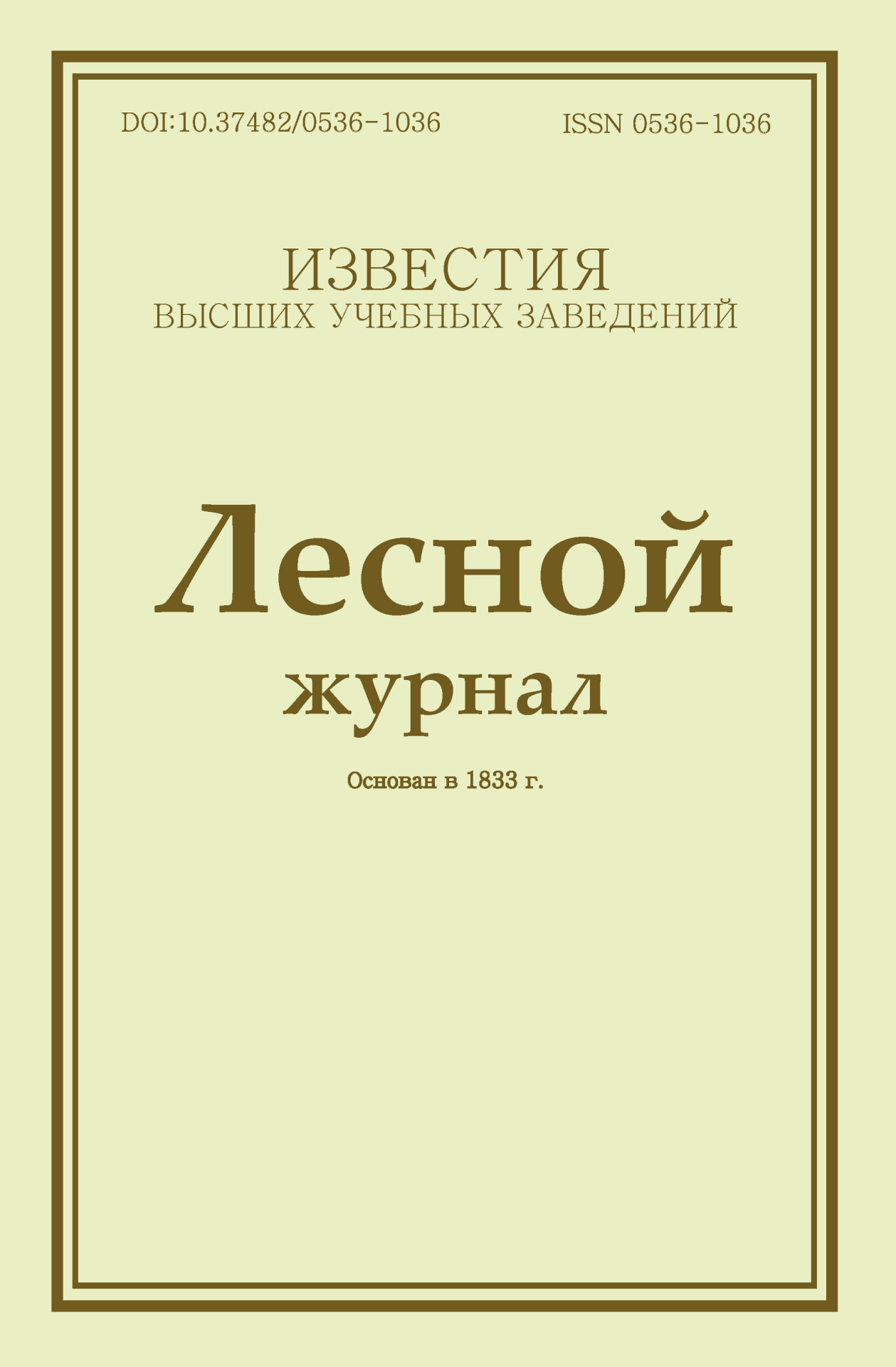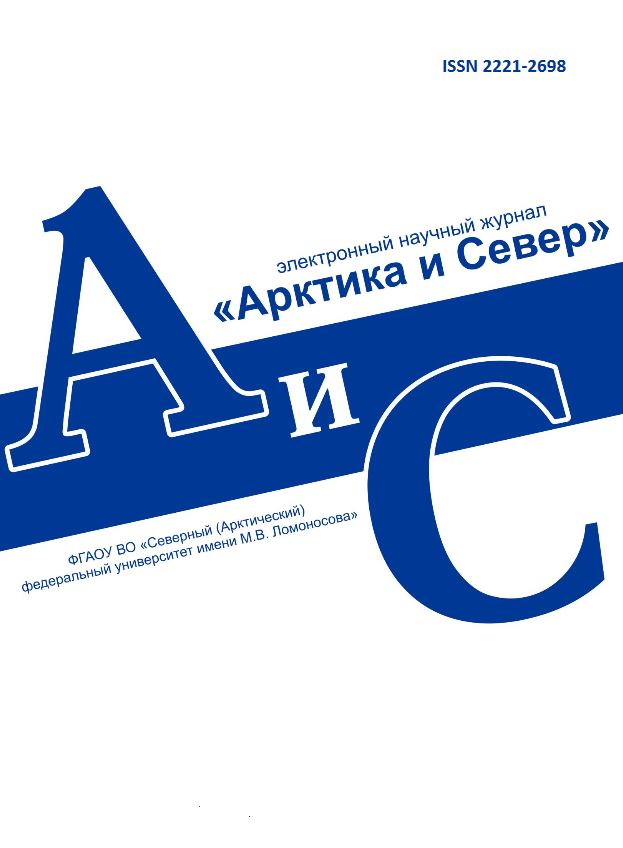
 

Legal and postal addresses of the founder and publisher: Northern (Arctic) Federal University named after M.V. Lomonosov, Naberezhnaya Severnoy Dviny, 17, Arkhangelsk, 163002, Russian Federation
Editorial office address: Vestnik of Northern (Arctic) Federal University. Series "Humanitarian and Social Sciences", 56 ul. Uritskogo, Arkhangelsk
Phone: (8182) 21-61-20, ext. 18-20
E-mail: vestnik_gum@narfu.ru
https://vestnikgum.ru/en/
|
The System of Cognitive Mechanisms in Translation. P. 63–75
|
 |
Section: Linguistics
Download
(pdf, 0.4MB )
UDC
81ʼ25
DOI
10.37482/2687-1505-V459
Authors
Aleksandr A. Burov, Applicant at the English (as a Second Language) Department, Prince Alexander Nevsky Military University (address: ul. Bol’shaya Sadovaya 14, Moscow, 123001, Russia).
e-mail: tariverd@yandex.ru*, ORCID: https://orcid.org/0009-0004-8087-9170
Dmitry V. Balaganov, Dr. Sci. (Philol.), Head of the English (as a Second Language) Department, Prince Alexander Nevsky Military University (address: ul. Bol’shaya Sadovaya 14, Moscow, 123001, Russia).
e-mail: dmitryrus@yandex.ru, ORCID: https://orcid.org/0000-0001-6021-0323
Abstract
This study offers a comprehensive analysis of the cognitive mechanisms underlying translation activities, aiming to systematize them and deepen the understanding of intellectual processes that enable crosslinguistic communication. Using an interdisciplinary approach that integrates principles of cognitive linguistics, psycholinguistics and the philosophy of language, the article expands the traditional definition of the term cognitive mechanism to include both conscious actions and automatic operations that form a dynamic information processing system. The paper focused on reinterpreting the philosophical notion of a mechanism as a system of interacting elements within the context of cognitive processes, which allowed us to identifying key structural components of translation practices. The central contribution of the study is the introduction of the concept of cognitive phases of translation: attention, perception, comprehension, interpretation, and generation, which function non-linearly in a reciprocating manner. This reflects the flexibility of the translator’s cognitive system, which must adapt to the constantly changing incoming information and context. For instance, in simultaneous interpretation, the phases of perception and comprehension merge into a single process due to time constraints, whereas in written translation, they may alternate repeatedly during text analysis. The article demonstrates that translation success is determined by the interdependence of cognitive mechanisms: a failure in one mechanism disrupts the entire system. Special emphasis is placed on the interaction between internal and external factors, such as the translator’s individual cognitive sphere, cultural context, and communication conditions. These factors influence the choice of linguistic means and translation strategies, as well as language transfer. The practical significance of the research lies in the development of a universal model applicable to all types of translation and interpretation (written, consecutive, and simultaneous). The findings enhance the understanding of the translator’s intellectual activity and provide a framework for optimizing translator training by emphasizing the development of key skills. Additionally, the proposed system opens avenues for further research on the cognitive principles in translation.
Keywords
cognitive linguistics, translation practice, translator’s cognitive system, cognitive mechanisms in translation, cognitive phases of translation, reciprocating processing of texts, semantic representation
References
- Kubryakova E.S. Ob ustanovkakh kognitivnoy nauki i aktual’nykh problemakh kognitivnoy lingvistiki [Of Cognitive Science Guidelines and Vital Problems of Cognitive Linguistics]. Voprosy kognitivnoy lingvistiki, 2004, no. 1, pp. 6–17.
- Eftekhari M. Interpreting and Its Cognitive Root. Mod. J. Lang. Teach. Methods, 2019, vol. 9, no. 2, pp. 1–9.
- Usacheva A.N., Makhortova T.Yu., Popova O.I., Novikova T.B. Skopos, interpretatsiya, kognitsiya: ot mul’tivektornoy teorii perevoda k effektivnoy praktike [Skopos, Interpretation, Cognition: From Multivector Translation Theory to Efficient Practice]. Vestnik Volgogradskogo gosudarstvennogo universiteta. Ser. 2: Yazykoznanie, 2015, no. 5, pp. 46–59.
- Pastukhova S.E., Nikitina E.V. Kognitivnyy podkhod v perevodovedenii [Cognitive Approach in Translation Studies]. Prioritetnye nauchnye napravleniya: ot teorii k praktike [Priority Areas of Research: From Theory to Practice]. Novosibirsk, 2017, pp. 157–163.
- Balaganov D.V., Davydova T.Yu. Kognitivnye mekhanizmy v sinkhronnom perevode [Cognitive Mechanisms in Simultaneous Interpretation]. Vestnik Nizhegorodskogo gosudarstvennogo lingvisticheskogo universiteta im. N.A. Dobrolyubova, 2019, no. 47, pp. 19–32.
- Balaganov D.V. Dinamika kognitivnykh mekhanizmov v sinkhronnom perevode [Cognitive Mechanisms Dynamics in Simultaneous Interpretation: Diss.]. Moscow, 2021. 366 p.
- Balaganov D.V. Dinamika kognitivnykh mekhanizmov v sinkhronnom perevode [Dynamics of the Cognitive Mechanisms in Simultaneous Interpretation]. Sovremennoe pedagogicheskoe obrazovanie, 2020, no. 4, pp. 149–156.
- Leont’eva K.I. O kognitivnykh osnovaniyakh variativnosti perevoda: mekhanizm perspektivatsii i kognitivnye dominanty [Some Cognitive Grounds of Translation Variability: Perspectivation and Cognitive Dominants]. Kognitivnye issledovaniya yazyka, 2019, no. 37, pp. 952–957.
- Korovkina M.E., Semenov A.L., Rykova P.A. Sinkhronnyy perevod: kognitivnye mekhanizmy i strategii [Simultaneous Translation: Cognitive Mechanisms and Strategies]. Ivanov A.V. (ed.). Perevod i kul’tura: vzaimodeystvie i vzaimovliyanie [Translation and Culture: Interaction and Mutual Influence]. Nizhny Novgorod, 2020, pp. 168–171.
- Krasnykh V.V. “Svoy” sredi “chuzhikh”: mif ili real’nost’? [At Home Among Strangers: Myth or Reality?]. Moscow, 2003. 374 p.
- Minchenkov A.G. Kognitsiya i evristika v protsesse perevodcheskoy deyatel’nosti [Cognition and Heuristics in the Process of Translation]. St. Petersburg, 2007. 254 p.
- Bell R.T. Translation and Translating: Theory and Practice. London, 2016. 80 p. https://doi.org/10.4324/9781315846705
- Martyushov V.F. Ponyatie “mekhanizm” v kontekste izucheniya sotsial’nykh protsessov [The Concept of “Mechanisms” in the Context of the Study of Social Processes]. Vestnik Tverskogo gosudarstvennogo universiteta. Ser.: Filosofiya, 2015, no. 3, pp. 94–103.
- Boldyrev N.N. Kognitivnye skhemy yazykovoy interpretatsii [Cognitive Schemas of Linguistic Interpretation]. Voprosy kognitivnoy lingvistiki, 2016, no. 4, pp. 10–20.
- Rykova P.A. Functioning of Cognitive Mechanisms of Cross-Cultural Communication in Simultaneous Translation (by the Material of English-Russian Translation). Philol. Theory Pract., 2022, vol. 15, no. 10, pp. 3375–3381 (in Russ.). https://doi.org/10.30853/phil20220516
- Shelestyuk E.V., Yakovleva E.S. Cognitive and Psychological Paradigms of Translation as Bilingual Speech Activity. Philol. Theory Pract., 2019, vol. 12, no. 10, pp. 279–290 (in Russ.). https://doi.org/10.30853/filnauki.2019.10.61
- Krasnopeyeva E.S. Presence in “No-Place”: On the Nature of Cognitive and Psychological Aspects of Remote Interpreting. Vestnik NGU. Ser.: Lingvistika i mezhkul’turnaya kommunikatsiya, 2024, vol. 22, no. 1, pp. 87–104 (in Russ.). https://doi.org/10.25205/18187935-2024-22-1-87-104
- Gorelov I.N. Neverbal’nye komponenty kommunikatsii [Nonverbal Components of Communication]. Moscow, 2023. 112 p.
- Holmes J.S. Translated!: Papers on Literary Translation and Translation Studies. Amsterdam, 2021. 117 p. https://doi.org/10.1163/9789004486669
- Gutt E.-A. Translation and Relevance: Cognition and Context. London, 2014. 284 p. https://doi.org/10.4324/9781315760018
- Zhinkin N.I. Mekhanizmy rechi [Speech Mechanisms]. Moscow, 1958. 370 p.
- Kiraly D.C. Pathways to Translation: Pedagogy and Process. Kent, 1995. 175 p.
- Dridze T.M. Tekstovaya deyatel’nost’ v strukture sotsial’noy kommunikatsii: Problemy semiosotsiopsikhologii [Textual Activity in the Structure of Social Communication: Problems of Semiosocial Psychology]. Moscow, 1984. 267 p.
- Krasnykh V.V. Virtual’naya real’nost’ ili real’naya virtual’nost’ ?: Chelovek. Soznanie. Kommunikatsiya [Virtual Reality or Real Virtuality?: Human. Consciousness. Communication]. Moscow, 1998. 350 p.
- Bosova L.M. Perevod kak vid kommunikativnoy deyatel’nosti [Translation as a Type of Communication]. Teoreticheskie i prikladnye aspekty lingvistiki [Theoretical and Applied Aspects of Linguistics]. Moscow, 2014, pp. 124–129.
- Korol’kova S.A. Kognitivnaya struktura algoritma pis’mennogo perevoda [Cognitive Structure of Translation Algorithm]. Znanie. Ponimanie. Umenie, 2014, no. 3, pp. 319–328.
- Min’yar-Belorucheva A.P. Kognitivnye mekhanizmy professional’no orientirovannogo perevoda [Cognitive Mechanisms of Professionally Oriented Translation]. Kognitivnye issledovaniya yazyka, 2023, no. 4, pp. 999–1003.
|
Make a Submission











Journal of Medical and Biological
Research

Forest Journal

Arctic and North


|







